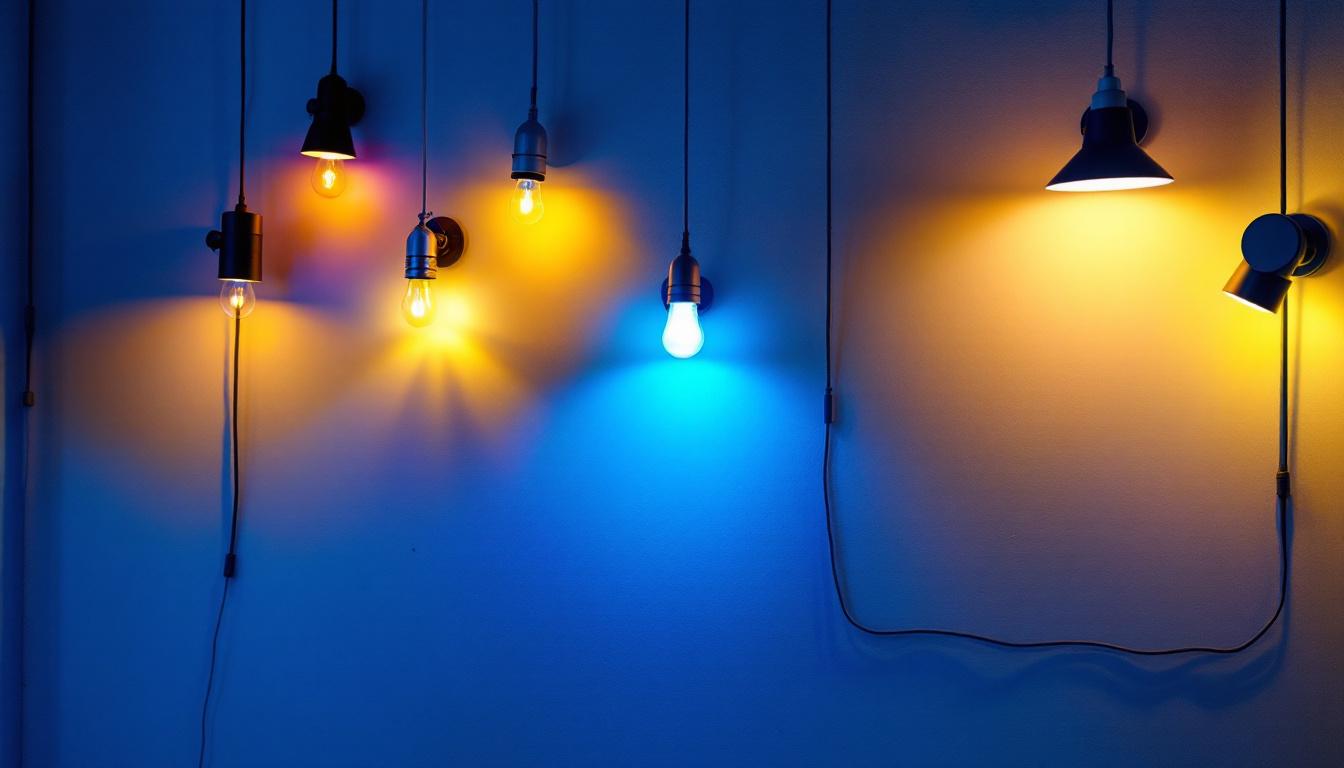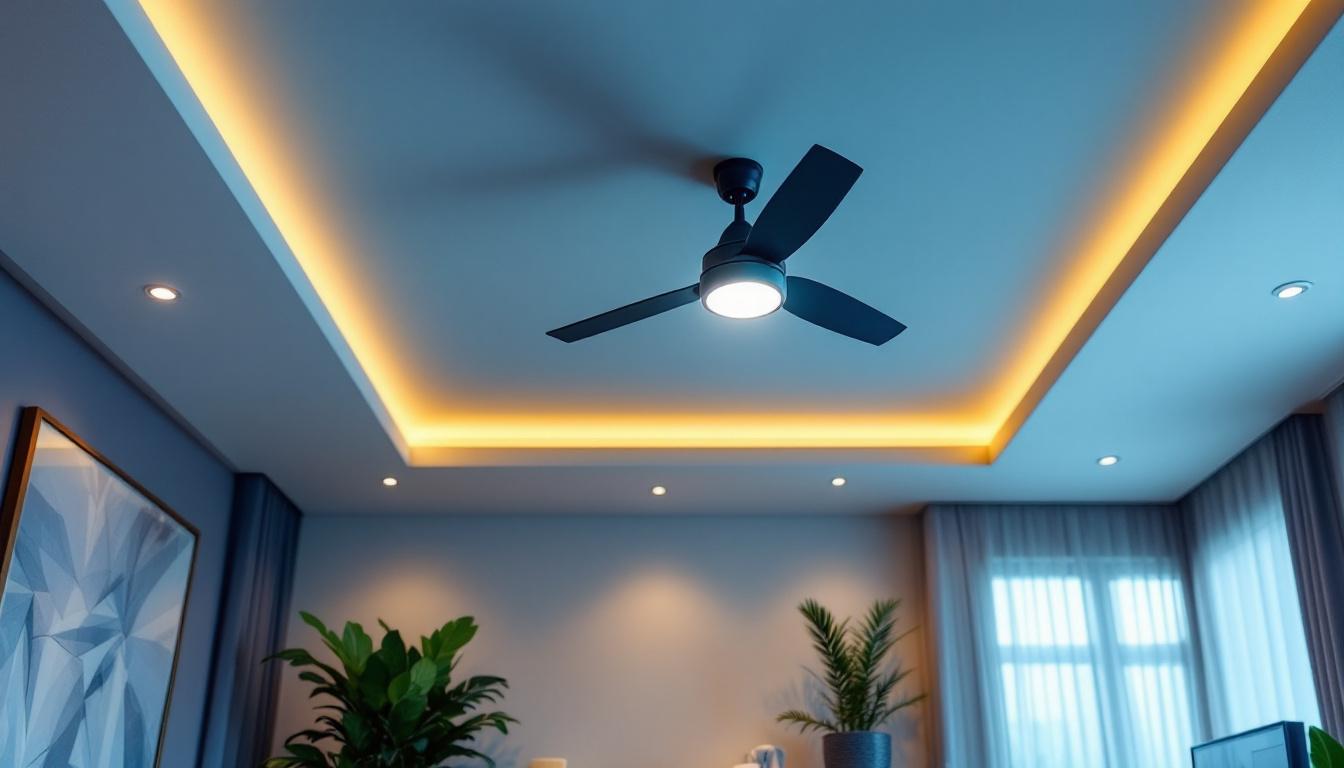
Can lights, also known as recessed lighting, have become a staple in both residential and commercial lighting design. Their sleek, unobtrusive appearance allows them to blend seamlessly into ceilings, providing ambient or task lighting without the bulk of traditional fixtures. For lighting contractors, selecting the right bulb for can lights is critical—not only to achieve the desired aesthetic and illumination but also to ensure safety, efficiency, and longevity.
Unlike standard fixtures, can lights have specific spatial and thermal constraints. The bulb must fit comfortably within the housing, withstand heat buildup, and comply with fire safety codes. Additionally, the light output and color temperature must complement the room’s purpose and design. Understanding these nuances is the foundation for recommending the best bulbs for can lights.
One of the most important considerations when choosing bulbs for can lights is the type of lighting technology being used. LED bulbs are increasingly popular due to their energy efficiency and long lifespan, often lasting up to 25,000 hours compared to traditional incandescent bulbs, which typically last around 1,000 hours. Moreover, LEDs emit less heat, reducing the risk of overheating within the can light housing, making them a safer choice. However, it’s essential to select LED bulbs specifically designed for recessed fixtures, as they often have better heat dissipation features and are available in various color temperatures to suit different environments.
Another factor to consider is the dimming capability of the bulbs. Many homeowners and businesses prefer the flexibility of dimmable can lights to create the perfect ambiance for various occasions. However, not all bulbs are compatible with dimmer switches, and using the wrong combination can lead to flickering or even damage to the bulb. Therefore, it is crucial to ensure that both the bulb and the dimmer switch are compatible, which often involves checking the manufacturer’s specifications. Additionally, the placement of can lights can significantly affect the overall lighting effect in a space, with strategic positioning enhancing the room’s functionality and aesthetics.
One of the first considerations is the bulb’s size and base type. Most can lights use standard medium (E26) or GU10 bases, but some require smaller bases like E12 or bi-pin connectors. The bulb’s physical dimensions must align with the housing to prevent overheating or improper fit.
Contractors should always verify the housing’s specifications before selecting bulbs. For example, shallow can housings may only accommodate low-profile bulbs such as BR20 or PAR20. Using a bulb that’s too large can cause heat buildup and reduce the fixture’s lifespan.
Heat dissipation is a critical safety and performance factor. Can lights are often installed in insulated ceilings, which can trap heat. Bulbs that generate excessive heat risk damaging the fixture or ceiling materials and can even pose fire hazards.
Insulation Contact (IC) ratings indicate whether a fixture can safely be covered with insulation. Lighting contractors must ensure the bulb and fixture combination is IC-rated if installed in insulated spaces. LED bulbs are generally preferred for can lights due to their low heat output compared to incandescent or halogen bulbs.
Brightness and beam spread are essential for achieving the desired lighting effect. Lumens measure brightness, and contractors should select bulbs that provide adequate illumination without glare or shadows.
Beam angle determines how the light is distributed. Narrow beam angles (15-25 degrees) are ideal for accent lighting, highlighting artwork or architectural features. Wider angles (40-60 degrees) provide more general, ambient lighting. Understanding the client’s needs helps contractors select bulbs with the appropriate beam angle.
Color temperature, measured in Kelvins (K), affects the mood and functionality of the space. Warm white (2700K-3000K) creates a cozy atmosphere, suitable for living rooms and bedrooms. Neutral white (3500K-4100K) is common in kitchens and offices, while cool white (5000K-6500K) mimics daylight and is often used in commercial or task lighting.
CRI measures how accurately a light source reveals colors compared to natural light. A CRI of 80 or above is generally recommended for residential spaces, while 90+ is preferred in retail or art settings where color fidelity is crucial.
LED (Light Emitting Diode) bulbs have revolutionized can lighting due to their energy efficiency, long lifespan, and low heat output. They consume up to 85% less energy than incandescent bulbs and can last 25,000 to 50,000 hours, reducing maintenance and replacement costs.
Modern LED bulbs come in a variety of shapes and sizes tailored for can lights, including BR30, PAR30, and PAR38. Many feature dimmable options and a wide range of color temperatures, allowing contractors to customize lighting schemes precisely.
Additionally, LEDs are compatible with most IC-rated housings and are available with integrated heat sinks to ensure safe operation within recessed fixtures. Their instant-on capability and minimal UV emission make them ideal for both residential and commercial applications.
Halogen bulbs are a type of incandescent that produces a bright, crisp light with excellent color rendering (CRI typically above 90). They are often favored for accent lighting due to their precise beam control and natural light quality.
However, halogen bulbs generate significantly more heat than LEDs and have shorter lifespans, typically around 2,000 to 4,000 hours. They also consume more energy, which can increase operating costs over time.
For can lights, halogen bulbs require careful consideration of heat management and fixture compatibility. They are best suited for applications where light quality is paramount and energy efficiency is less of a concern.
CFLs were once a popular energy-efficient alternative to incandescent bulbs. They offer moderate energy savings and longer lifespans (around 8,000 to 15,000 hours) but have largely been supplanted by LEDs in recent years.
CFLs can be used in can lights but often require specialized fixtures due to their size and shape. They also contain small amounts of mercury, necessitating careful disposal. Their warm-up time and sensitivity to frequent switching can limit their practicality in some settings.
While CFLs remain an option, lighting contractors increasingly recommend LEDs for their superior performance and environmental benefits.
Dimming capability is a common requirement in both residential and commercial lighting projects. Not all bulbs are dimmable, and improper pairing of dimmers and bulbs can lead to flickering, buzzing, or reduced bulb lifespan.
Contractors should specify dimmable LED bulbs designed for compatibility with the client’s dimmer switches. Many manufacturers provide compatibility charts, and testing in situ is advisable to ensure smooth operation.
Lighting contractors must stay informed about local and national energy codes, which often mandate minimum efficiency standards for lighting products. The U.S. Department of Energy and similar agencies worldwide promote the use of ENERGY STAR®-rated bulbs for recessed lighting.
Using compliant bulbs not only ensures regulatory adherence but also enhances client satisfaction through reduced energy bills and improved sustainability. LEDs typically meet or exceed these standards, making them the safest recommendation for code compliance.
Beyond energy efficiency, contractors should consider environmental impact and safety. LEDs contain no mercury and produce less waste due to their longevity. Proper disposal of older bulbs, especially CFLs and halogens, is essential to minimize environmental harm.
Furthermore, selecting bulbs with appropriate heat ratings and IC compatibility reduces fire risk and protects ceiling materials. Ensuring that all components meet UL or equivalent safety certifications is a critical part of professional lighting installation.
For most applications, BR30 or PAR30 LED bulbs strike an excellent balance between size, brightness, and beam angle. They fit standard can housings and provide versatile lighting options.
Contractors should look for bulbs with at least 800 lumens output for residential spaces and higher for commercial settings. A CRI of 90+ is recommended for areas where color accuracy is important.
When installing bulbs in can lights, contractors should:
Educating clients about the benefits of LED technology, including energy savings and reduced maintenance, can help justify initial costs. Providing information on color temperature choices and dimming options empowers clients to make informed decisions aligned with their lifestyle and design preferences.
For lighting contractors, selecting the best bulbs for can lights involves balancing technical requirements, client expectations, and regulatory standards. LED bulbs have emerged as the clear leader due to their efficiency, longevity, and versatility. However, understanding the nuances of size, heat management, beam angle, and color quality remains essential.
By carefully evaluating each project’s unique needs and staying current with industry advancements, contractors can deliver lighting solutions that enhance spaces, ensure safety, and satisfy clients for years to come.
Ready to elevate your lighting game? Choose LumenWholesale for your can light bulb needs and take advantage of our spec-grade lighting products at unbeatable wholesale prices. Say goodbye to local distributor markups and hello to a vast selection of high-standard, reliable lighting solutions. With free shipping on bulk orders, you can stock up on premium lighting without the worry of hidden fees. Make the smart choice for your next project and experience the ideal combination of quality, affordability, and convenience. Visit LumenWholesale today and secure the best value in wholesale lighting.

Discover how integrating lights with fans can revolutionize your interior design.

Discover how 2X4 LED panels can revolutionize your lighting projects by saving contractors both time and money.

Discover the essential insights lighting contractors need to meet client expectations with Candiler.

Discover the key factors that distinguish top lighting contractors when it comes to outdoor wall mount lights.